August 5, 2025
August 5, 2025
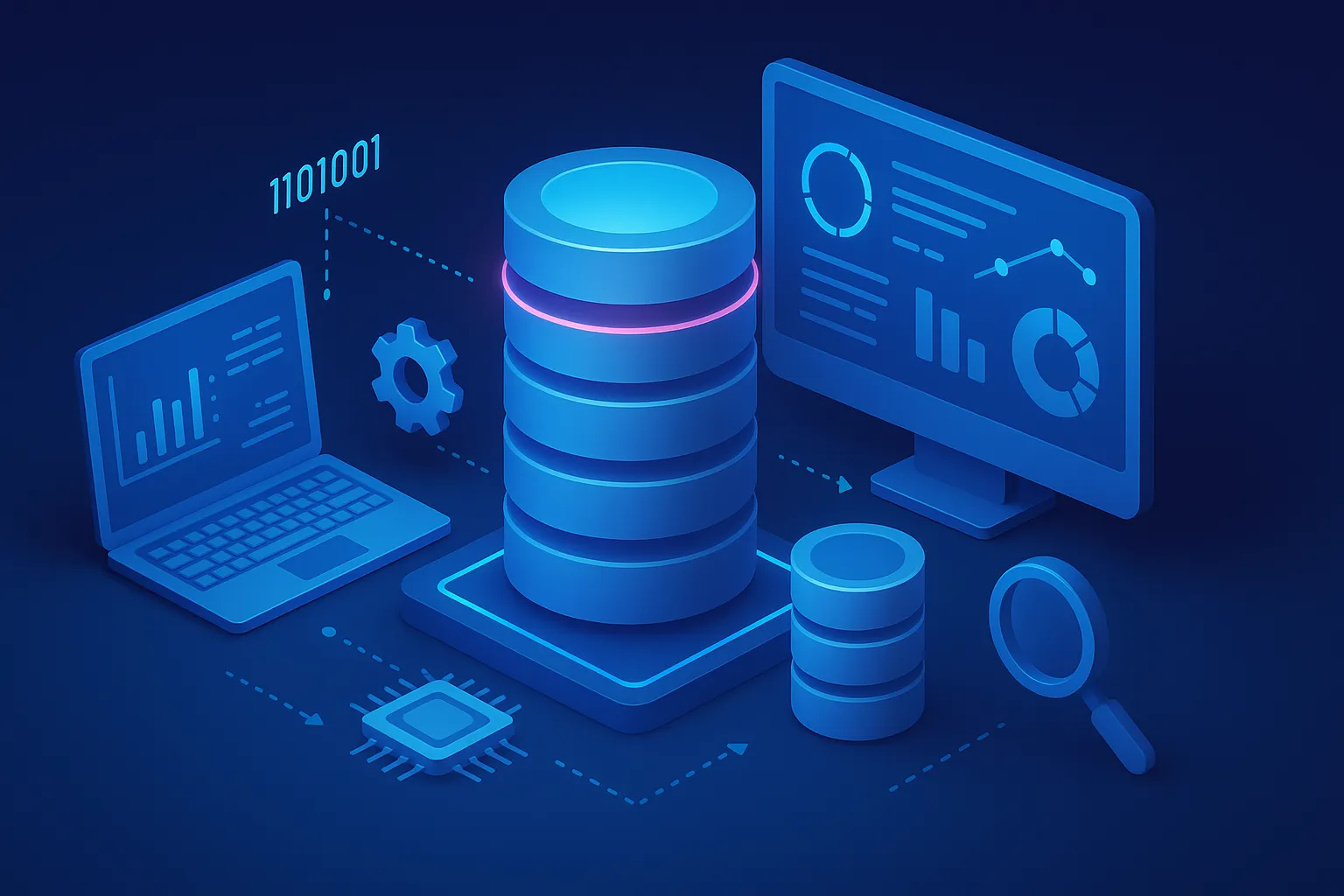
Data isn’t boring, it’s just misunderstood. Behind every app you use and every tech decision made, there’s a flow of digital information quietly doing the heavy lifting. Computer data management isn’t about spreadsheets and storage rooms, it’s the smart process that keeps your systems fast, your decisions sharp, and your business one step ahead. In this article, let’s lift the curtain on how data is actually managed in IT, why it matters more than you think, and how modern tools are turning chaos into clarity.
Computer data management is not simply a series of technical tasks, it’s a foundation for digital intelligence. Each stage in the process plays a vital role in determining how raw data transforms into business insights, operational stability, and strategic growth. Let’s explore each component with greater clarity.
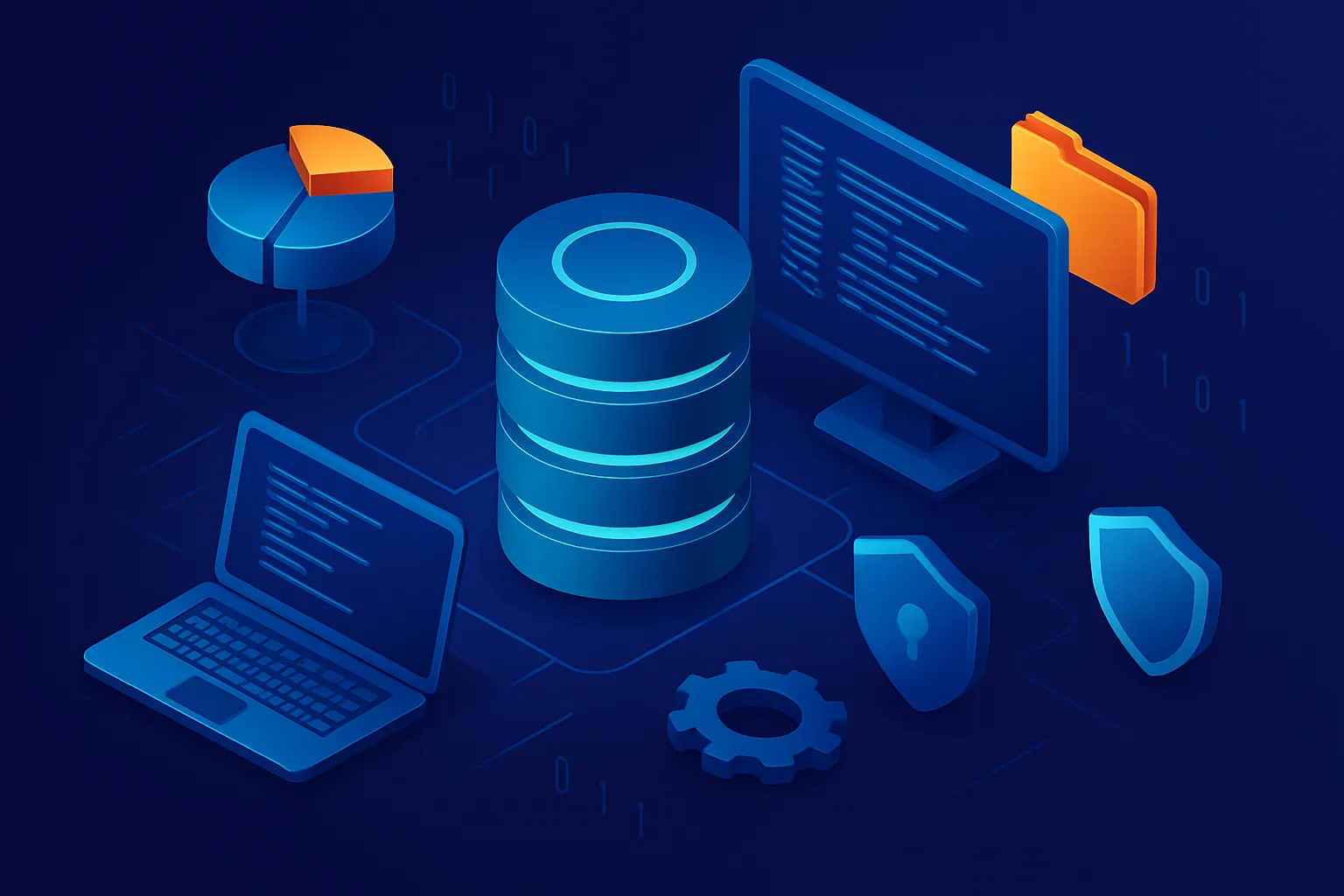
Data collection is the first and most crucial step because poor data at the source leads to flawed decisions at the top. In today’s IT ecosystems, data is generated from a staggering variety of inputs: web traffic, application logs, e-commerce platforms, customer forms, internal systems, and more. The goal of data collection is not quantity, but quality with context.
High-quality data collection is proactive and structured. It considers the format, frequency, and relevance of the data being gathered. For example, real-time data from IoT devices may require continuous streaming protocols, while customer survey data may come in batches and need validation rules.
At this stage, tools like APIs, event tracking software (e.g., Segment), and data ingestion platforms (like Kafka or Logstash) ensure that the data is captured cleanly and sent to the right place. Without thoughtful collection, organizations risk filling their databases with noise slowing down systems and distorting insight.
Once data is collected, it must be securely and efficiently stored. This is no longer a simple matter of choosing a server, it’s about designing a storage architecture that balances scalability, performance, and resilience.
Storage solutions come in several flavors:
But great storage isn't just about holding data. It includes features like automated backups, version control, disaster recovery, and real-time replication. For instance, if your system goes down in Tokyo, a mirror database in Singapore can keep operations running. Storage is the fortress protecting your data’s existence, availability, and durability.
Also crucial at this stage is data lifecycle management, the policy-driven process of knowing what data to keep, for how long, and when to archive or delete it. Not all data needs to live forever, and poor lifecycle policies lead to inflated storage costs and unnecessary compliance risks.
Imagine entering a vast warehouse with no labels, no map, and no shelves. That’s what raw data feels like without organization. At this stage, the goal is to turn chaos into clarity.
Organization involves breaking data down into meaningful segments through schemas, tables, file naming conventions, hierarchies, or tags. Classification is where you give data purpose: Is it structured (rows and columns in a database)? Unstructured (PDFs, videos)? Semi-structured (JSON, XML)?
Effective classification improves searchability, filtering, and analysis. For example, classifying customer data by age group, location, and purchase behavior allows for more targeted campaigns and accurate trend analysis.
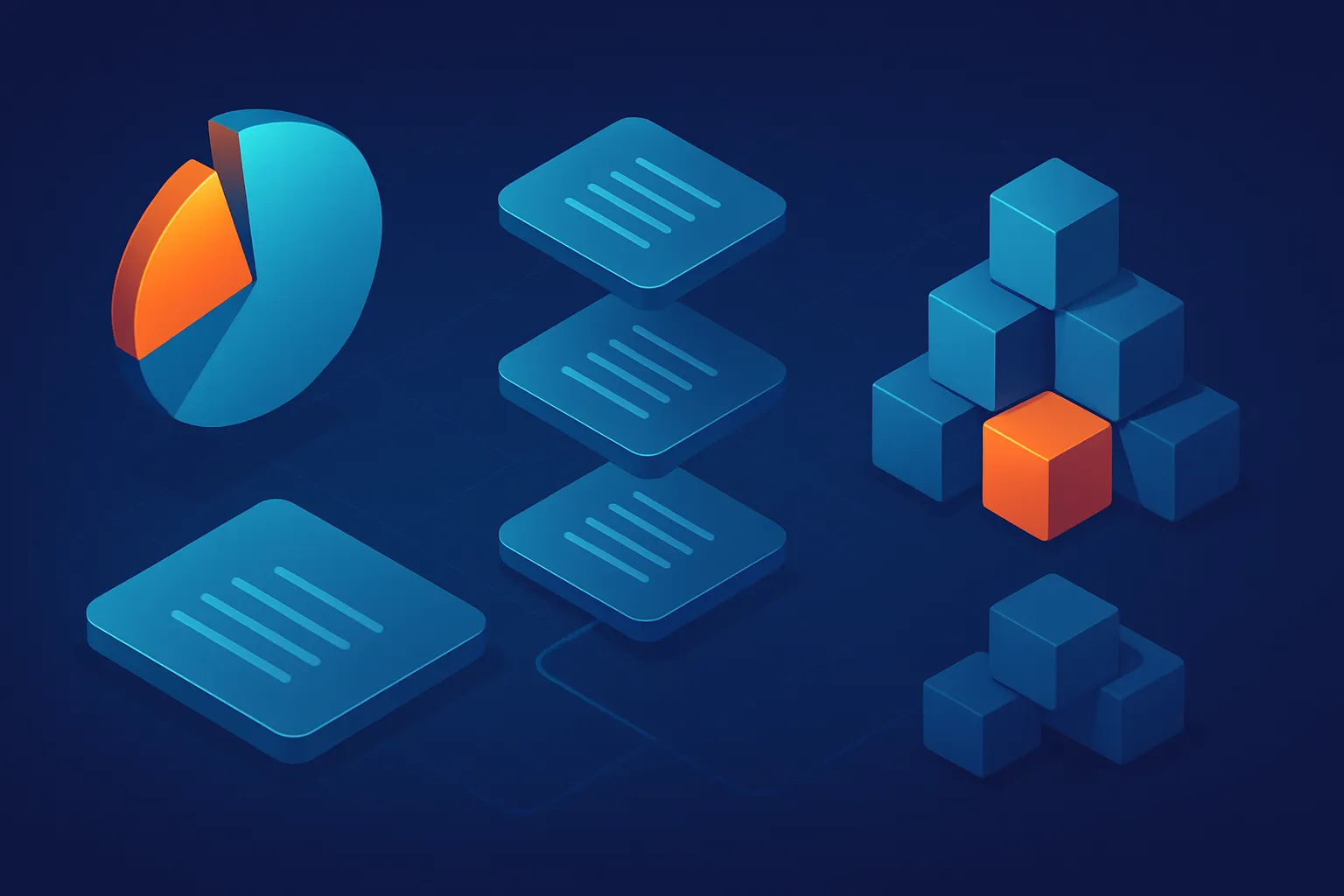
In well-managed systems, computer data management ensures that users don’t waste time digging for information, they get what they need in seconds.
This component is also foundational for compliance: knowing which data is sensitive (like personal identifiers or financial records) is the first step toward protecting it under laws like GDPR or HIPAA.
Storing and organizing data is meaningless if people can't get to it or worse, if the wrong people can.
Access and retrieval are about creating fast, controlled, and secure pathways to the right data. This includes building APIs for applications to pull information, designing dashboards for end-users, and configuring user roles that define who can see or edit what.
Speed matters. Imagine an analyst waiting five minutes for a report to load, or a customer support agent unable to fetch account history in real time. These delays cost time, trust, and money.
Security matters even more. Access systems should support:
Modern tools often combine access with intelligent search: Natural Language Processing (NLP)-powered queries, filter suggestions, and semantic search engines all help retrieve exactly what’s needed without sifting through endless files.
A refined access strategy improves productivity, enhances collaboration, and reflects the maturity of an organization’s overall computer data management system.
This final stage is the shield that protects everything else. In a digital world filled with breaches, leaks, and cyber threats, data security is no longer just the IT department’s concern, it’s a business imperative.
Security begins with data encryption at rest and in transit. It includes firewalls, intrusion detection systems, endpoint protection, and multi-factor authentication.
But that’s not enough. True data governance also involves aligning with regulatory frameworks. Whether it’s GDPR in Europe, CCPA in California, or HIPAA in healthcare, organizations must implement controls that map directly to legal obligations.
Compliance also means maintaining detailed audit trails, enforcing data retention policies, managing consent, and having protocols for data breach notifications. It’s complex but also the foundation for trust with customers and partners.
Security and compliance are not one-time achievements. They’re ongoing commitments, woven into every process from collection to deletion. And the organizations that treat them as such are the ones who stay out of the headlines and ahead of the curve.
In summary, each of these five components collection, storage, organization, access, and protection doesn’t just support the data lifecycle; they shape the very intelligence, security, and agility of an organization’s digital strategy. When handled with care, computer data management becomes more than infrastructure, it becomes a competitive advantage.
Modern computer data management wouldn’t be possible without the right tools. As data becomes more complex and business needs evolve, organizations rely on a combination of platforms and systems to collect, store, analyze, and protect their digital assets. Here are some of the most commonly used tools and systems that power effective data management today:
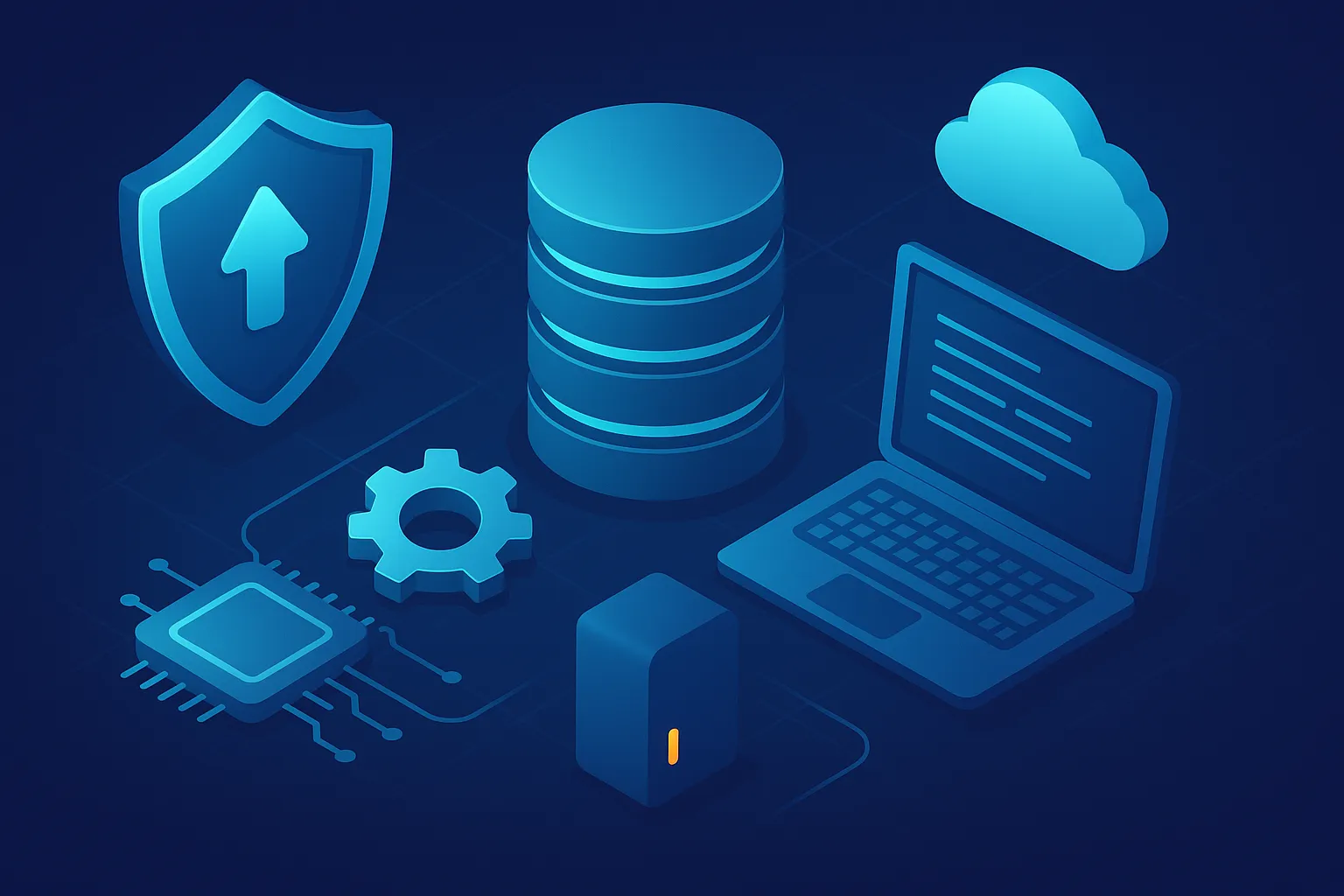
1. Database Management Systems (DBMS)
At the heart of most data operations are DBMS platforms like MySQL, PostgreSQL, Oracle, and Microsoft SQL Server. These systems allow users to create, manage, and query structured databases with precision and control. They support everything from transactional processing to complex reporting, making them indispensable in both enterprise and startup environments.
2. Cloud Storage Solutions
As businesses generate more data than ever before, cloud storage has become the go-to solution for scalability and cost-efficiency. Tools like Amazon Web Services (AWS S3), Google Cloud Storage, and Microsoft Azure Blob Storage offer flexible and secure data storage, with automatic backups and global access.
3. Data Integration and ETL Tools
To keep data consistent across platforms, companies use ETL (Extract, Transform, Load) tools like Apache NiFi, Talend, Fivetran, or Informatica. These tools automate the process of gathering data from multiple sources, transforming it into a usable format, and loading it into central systems.
4. Big Data Platforms
When dealing with massive volumes of structured and unstructured data, traditional tools fall short. Platforms like Apache Hadoop, Spark, and Snowflake are built for high-speed, large-scale processing, ideal for companies in finance, e-commerce, and tech.
5. Data Governance & Security Tools
To enforce policies and keep data protected, organizations use tools like Collibra, Alation, or Varonis. These platforms offer visibility into data usage, user permissions, audit trails, and compliance monitoring, all essential in regulated industries.
6. Data Visualization & BI Tools
To make sense of the data and support smarter decision-making, tools like Tableau, Power BI, and Looker turn raw data into charts, dashboards, and reports. These tools are often integrated with other data management systems to provide real-time insights.
The right combination of tools can transform computer data management from a burden into a strategic advantage. In the next section, we’ll explore why data management plays a crucial role in both IT operations and business growth.
From an IT perspective, structured data management helps systems run smoother by eliminating redundancies and organizing information in ways that make it quick to access and easy to use. This directly boosts operational efficiency and reduces unnecessary downtime or lag, especially in environments handling large volumes of digital transactions.
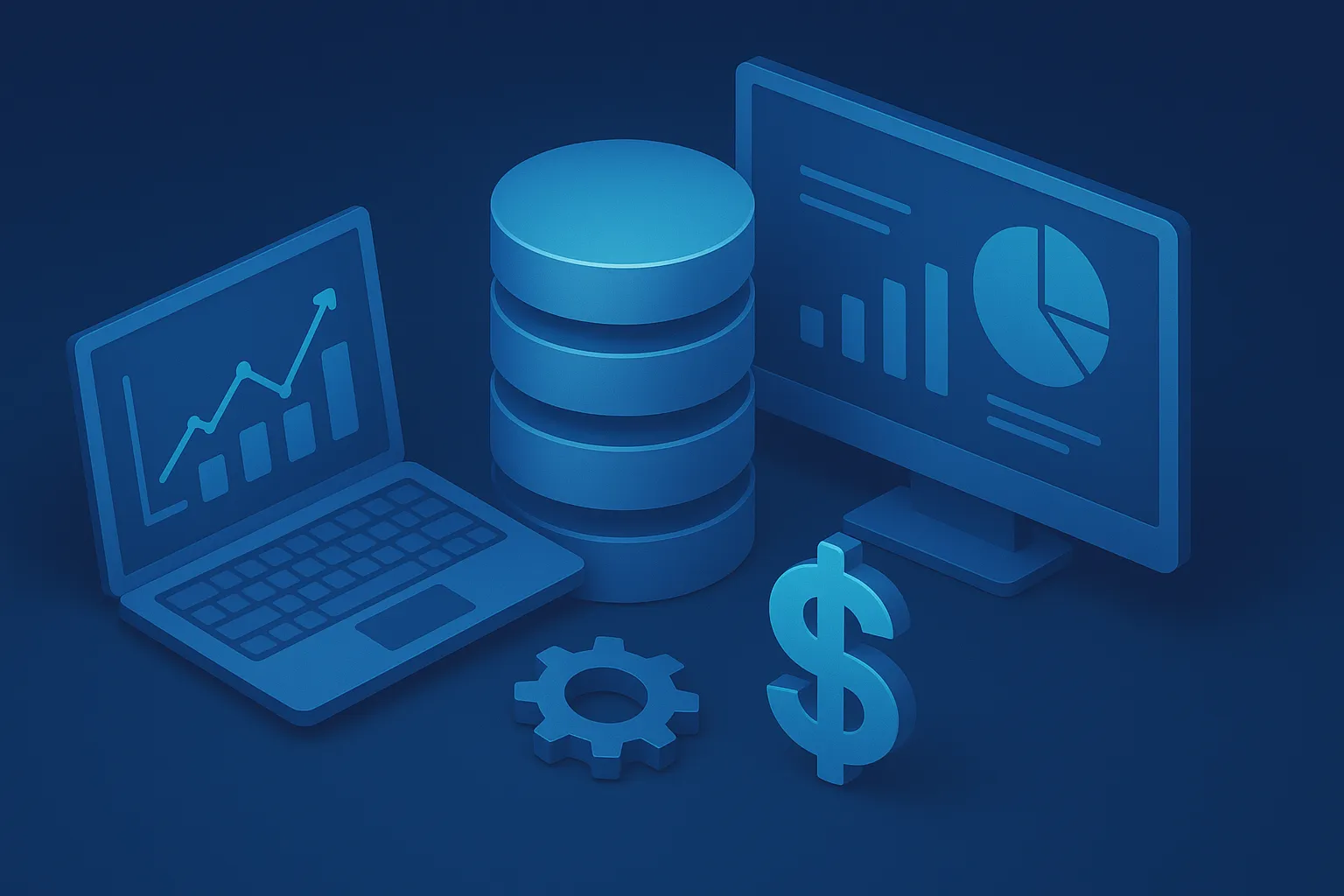
For business leaders, well-managed data empowers better decisions. Accurate, up-to-date information fuels everything from sales forecasting and customer behavior analysis to inventory management and financial reporting. Without a proper data framework, decisions become slower or worse, based on outdated or incorrect assumptions.
Security and compliance are also critical. Poor data management increases the risk of breaches, while a well-maintained system ensures sensitive information is protected through encryption, access control, and auditing. It also helps organizations stay compliant with regulations like GDPR or HIPAA, avoiding legal risks and penalties.
Equally important is collaboration. When departments have easy access to consistent, well-organized data, it fosters transparency and trust. Marketing, finance, operations, and IT can all work from a shared foundation, reducing miscommunication and speeding up cross-functional projects.
Ultimately, computer data management sits at the core of every modern organization’s success, quietly powering decisions, protecting assets, and connecting teams in ways that are often invisible but absolutely essential.
Even with the best intentions, managing data effectively isn't always easy. Here are some common obstacles businesses often face:
Recognizing these challenges is the first step. With the right computer data management strategy, businesses can turn these roadblocks into opportunities for improvement and innovation.
Managing digital data effectively is no longer a luxury. It has become an essential part of how organizations operate and grow. At Serdao, we believe that computer data management should be simple, secure, and scalable for every business.
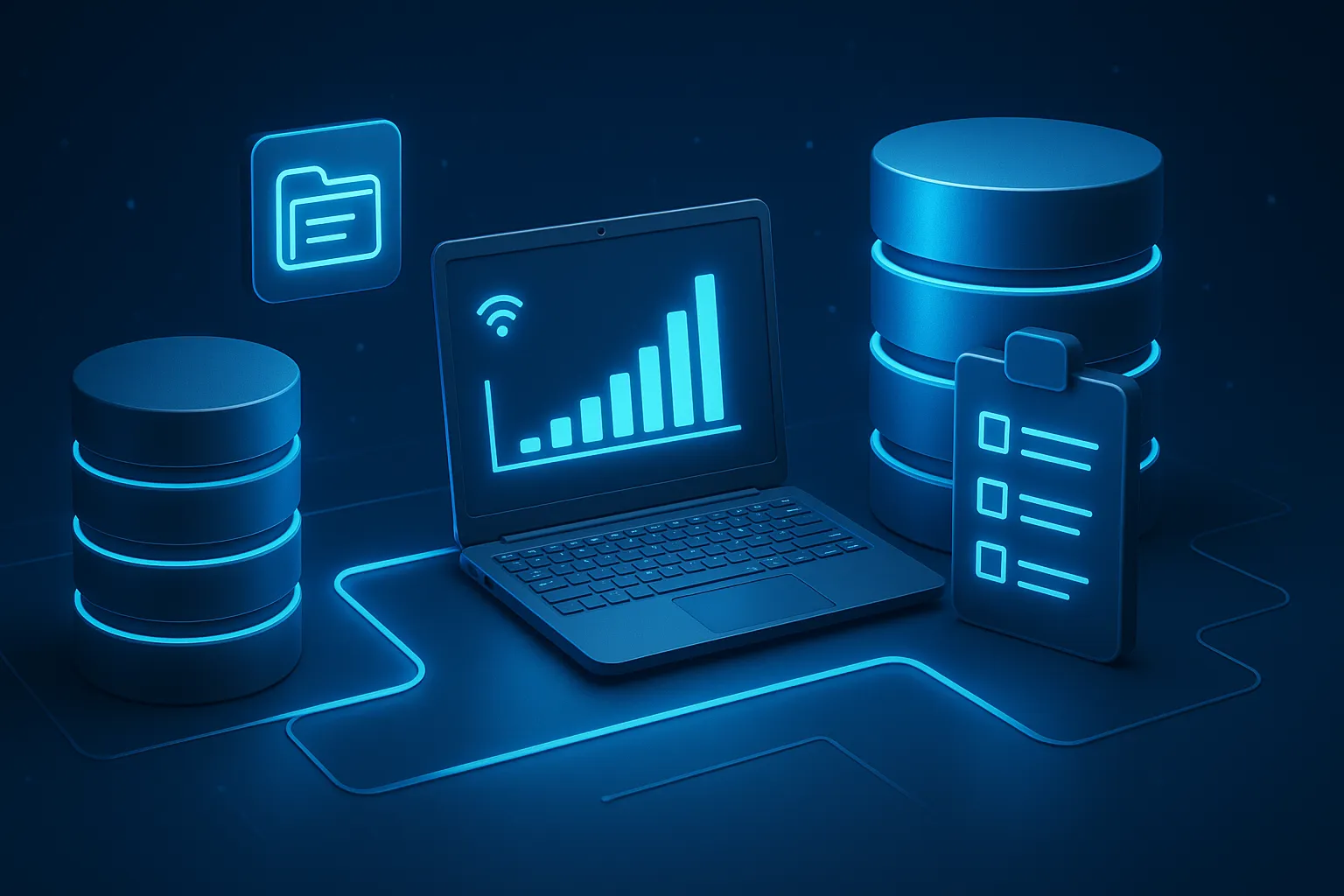
We don’t just help you store data. We help you organize it, protect it, and use it wisely across every stage of the data lifecycle. From smart data classification to secure cloud backups and real-time access controls, our solutions are designed to meet real-world challenges in information technology.
Our platform supports a variety of data storage systems, all with an intuitive interface that makes data handling less stressful and more productive. Even teams without deep technical knowledge can manage their computer data with confidence.
Security is always at the heart of what we do. With Serdao, businesses can meet compliance standards, avoid costly data errors, and build a stronger foundation for long-term digital growth.
In a world driven by information, better computer data management starts with the right tools and the right mindset. Serdao brings both to your team making data work for you, not against you.
Conclusion
Every byte of data tells a story of customers, operations, opportunities, and risks. Managing that data well means you’re not just collecting information, but unlocking its full potential. Computer data management, when done right, becomes the silent engine behind sharper insights, faster decisions, and stronger resilience. With a thoughtful approach and a partner like Serdao, your data starts working for you not the other way around.